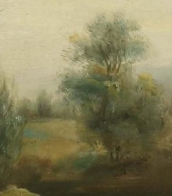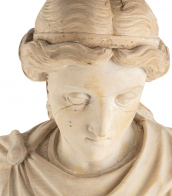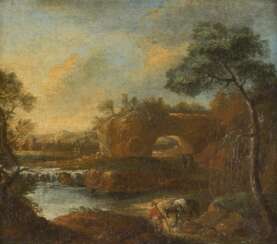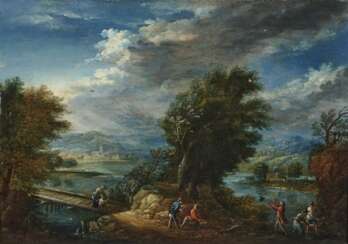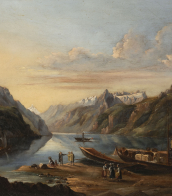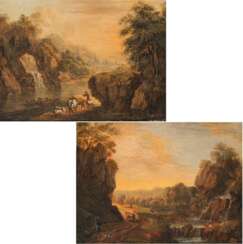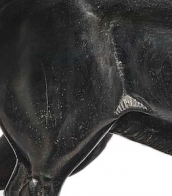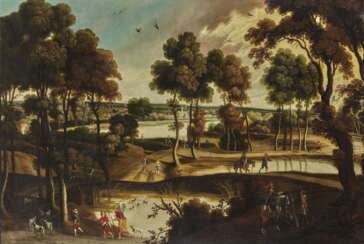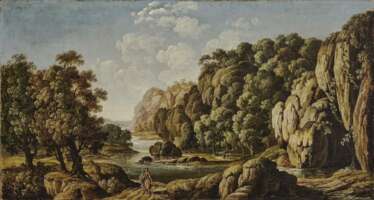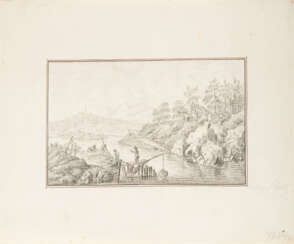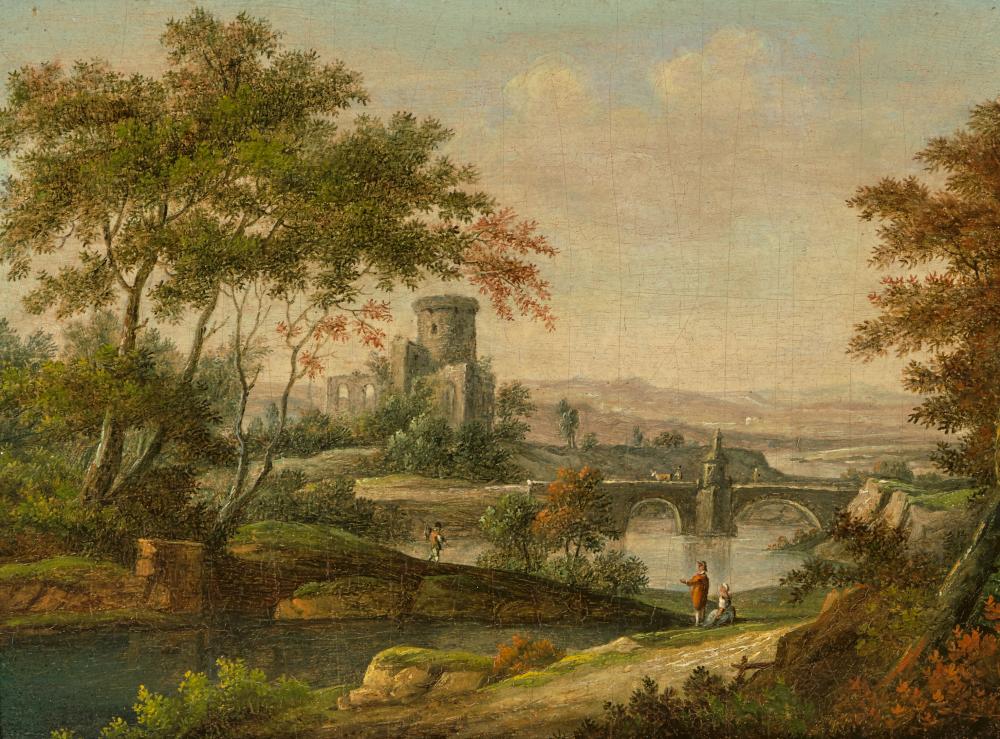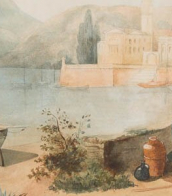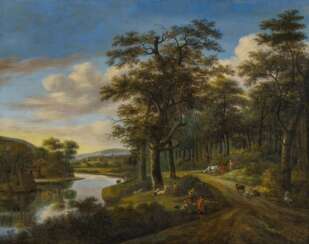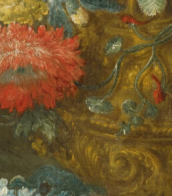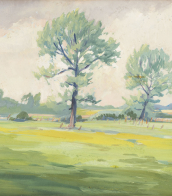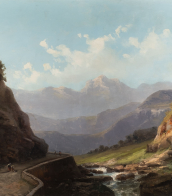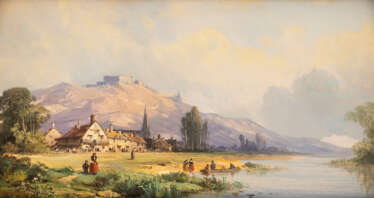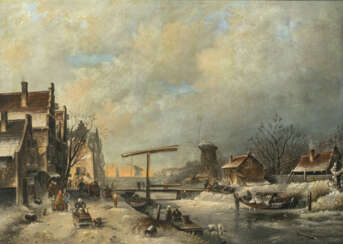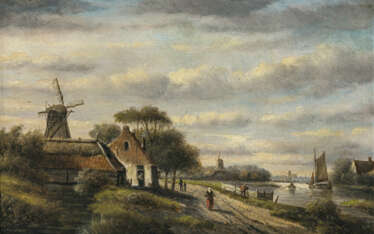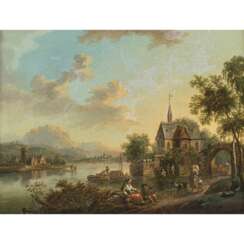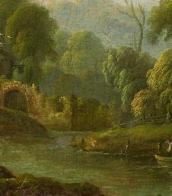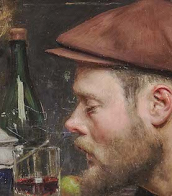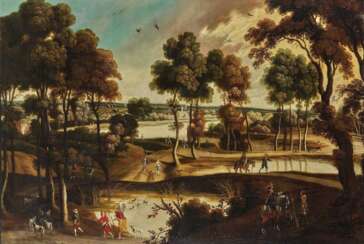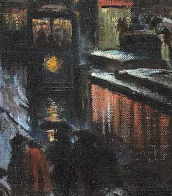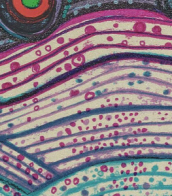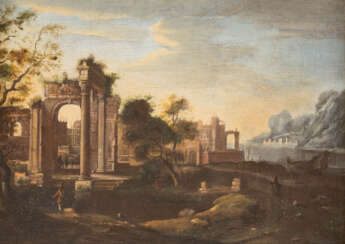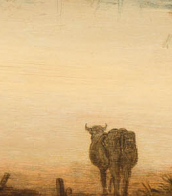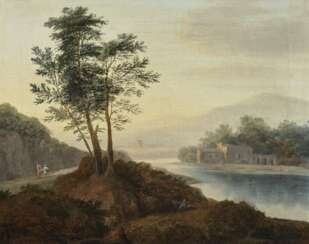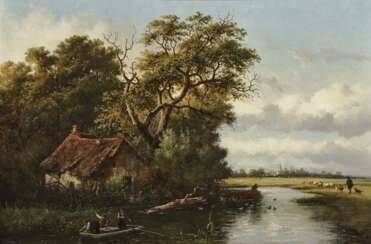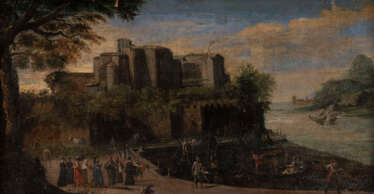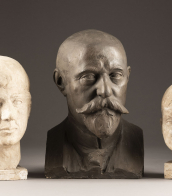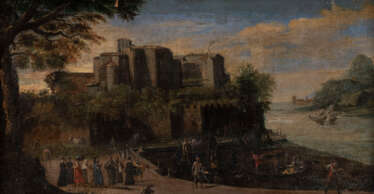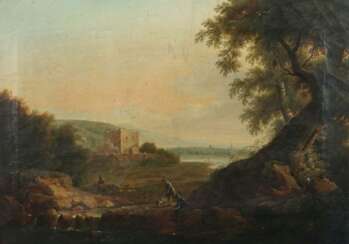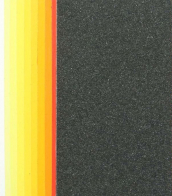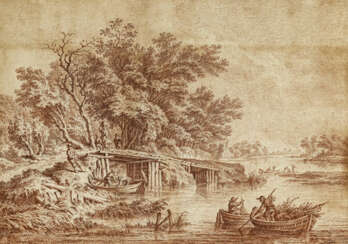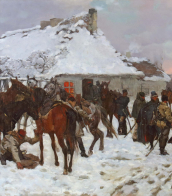flusslandschaften mit figurenstaffage
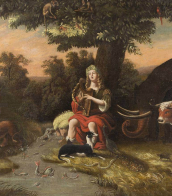

Franz Anton Hartmann, often abbreviated Franz Hartmann, born František Antonín Hartmann, was a Czech landscape painter of the Old Masters school.
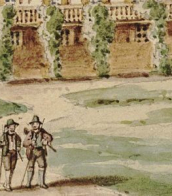
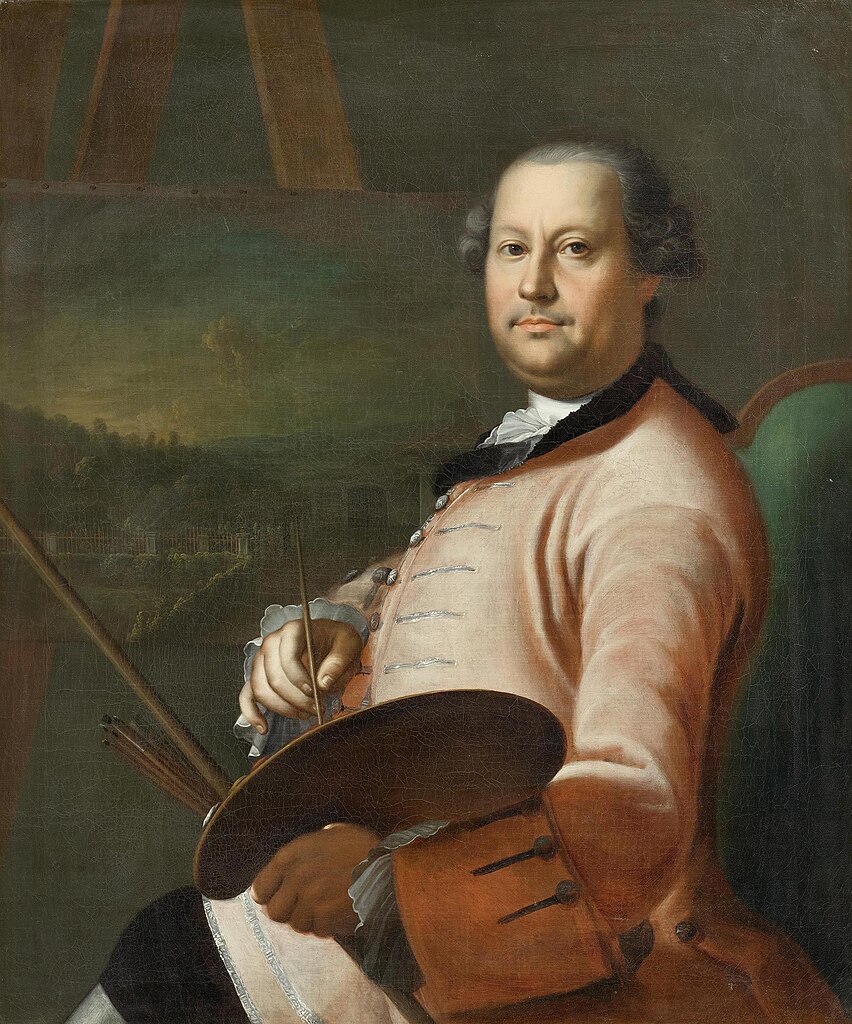
Christian Georg Schütz the Elder, born in 1718 in Flörsheim am Main and passing in 1791 in Frankfurt am Main, was a German painter whose etchings and landscapes left a timeless mark on the world of art. Schütz emerged as a master of capturing the natural beauty and architectural elegance of his homeland.
His works, which often depicted vibrant market scenes, serene river landscapes, and bucolic countryside views, reflect a deep understanding of light and atmosphere. Noteworthy pieces like "The Liebfrauenberg in Frankfurt" and "River Landscape with Barge" showcase his ability to blend human activity seamlessly with natural surroundings. His legacy continues to inspire, with 28 of his works proudly displayed at the Städel Museum, offering a window into the pastoral grace of 18th-century Germany.
For those drawn to the idyllic scenes of historical Europe, Schütz's paintings are a cultural treasure. His influence extended to his children and pupils, ensuring that the Schütz legacy of artistry would endure.
Explore Schütz's vision by visiting the Städel Museum, and stay informed about exhibitions and available works by signing up for our exclusive updates.
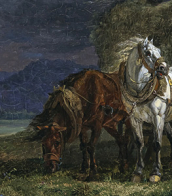
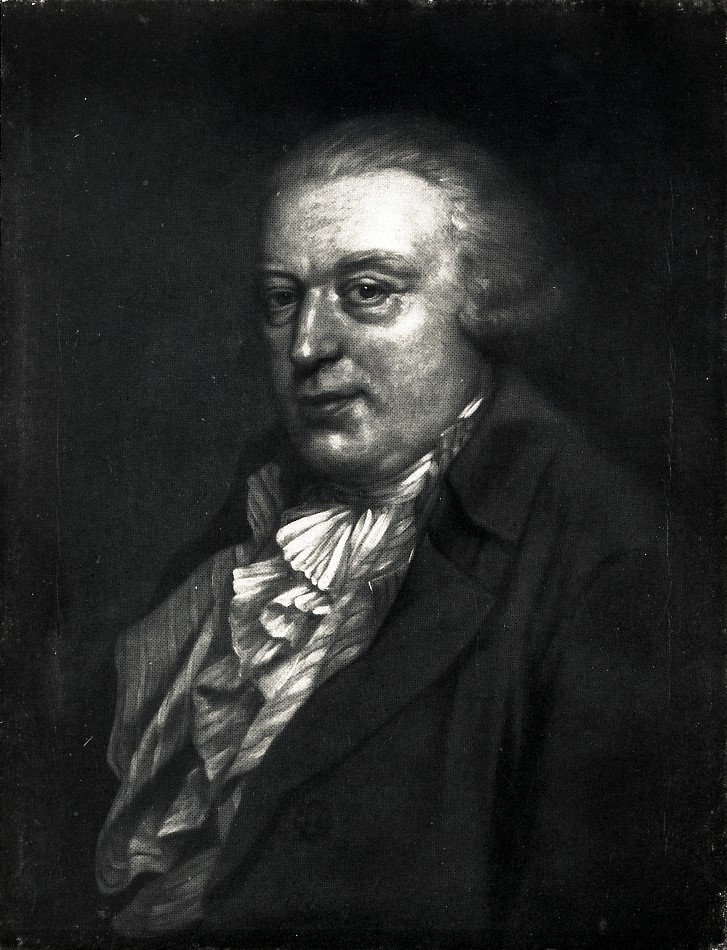
Ferdinand Kobell was a German painter of the second half of the eighteenth century. He is known as a painter, graphic artist, printmaker and landscape painter.
Kobell painted landscapes inspired by the style of Nicholas Berchem. His oil paintings are in many German galleries, but he was much more skillful, according to critics, in conveying the states of nature with an engraving needle. Kobbel is considered a master of landscape etchings, which are recognized as some of the best of the 18th century.
Kobell had seven children, including Wilhelm von Kobell, who also became a landscape, animalist and battle painter.

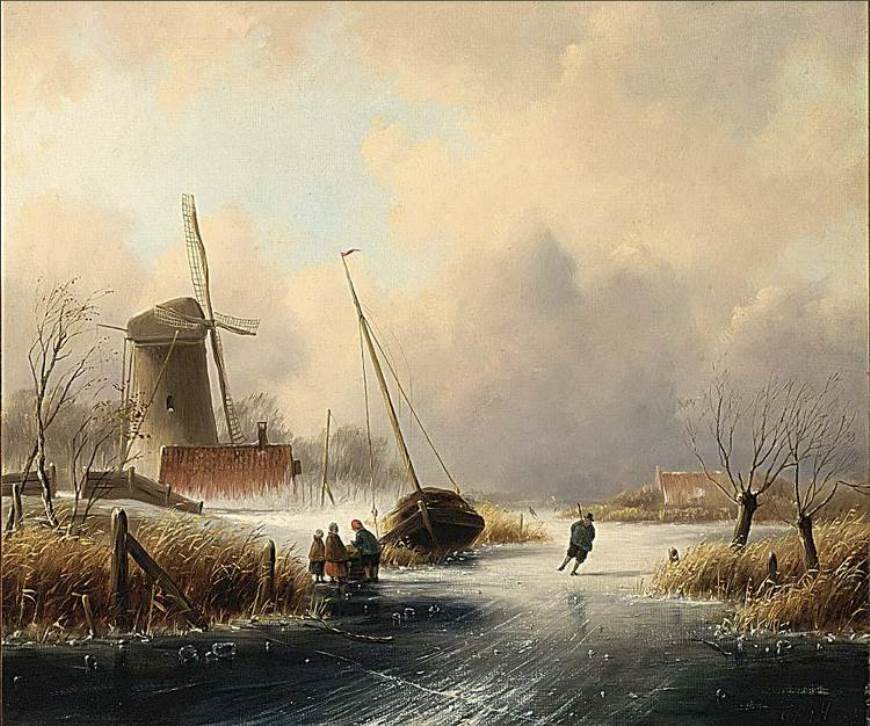
Cornelis Petrus t'Hoen was a Dutch landscape painter.
He was a merchant and in his adulthood, after marrying an artist, he began studying painting at The Hague Academy of Fine Arts. One of his teachers was Andreas Schelfhout (1787-1870), who managed to reveal the talent of his adult pupil.
Cornelis Petrus t'Hoen painted mainly peaceful rural and coastal landscapes and mills. He was especially successful in winter scenes with the participation of villagers.
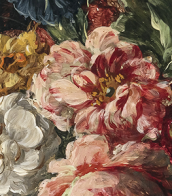
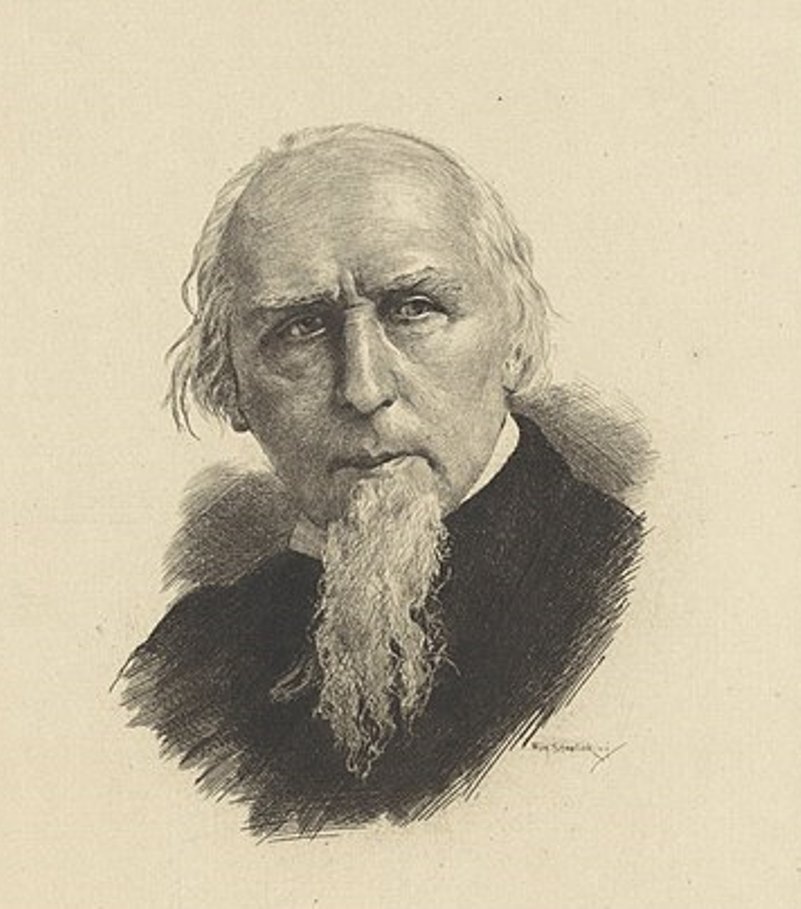
Simon van den Berg was a Dutch painter, a prominent representative of 19th-century Dutch Romanticism.
Simon was a farmer's son and took up painting rather late. However, after studying with the painters Moleyn in Rotterdam, J. de Meijer and P.G. van Os, who specialized in animals and landscapes, Simon van den Berg became a prominent painter in Holland.
He painted pastoral scenes with shepherds and livestock, and also worked with etchings and lithographs. Van den Berg was director of the Mauritshuis (Maurice House) from 1880 to 1889. During his long life, he also nurtured many talented young artists.

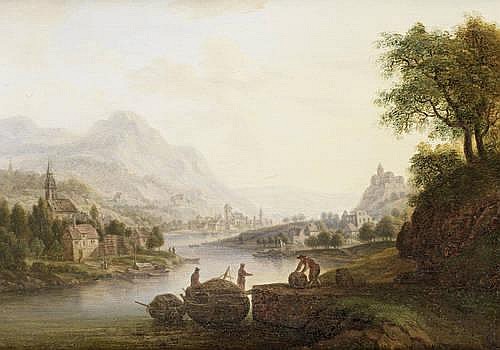
Christian Georg Schütz was a German painter and engraver.

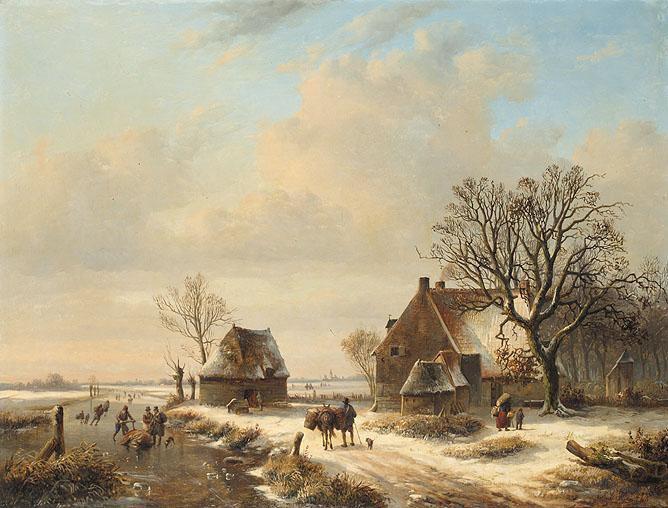
Louis-Pierre Verwee or Louis Pierre Verwée was a Belgian painter known for his rural landscapes with cattle and winter landscapes. He is the principal representative of the Romantic school in Belgian landscape painting characterised by a return to nature. His early works are similar to those of his master Verboeckhoven, to the extent that it is often difficult to distinguish their work. Verboeckhoven sometimes painted the figures and animals in Verwee's pictures. Verwee's paintings of forests and rivers are in the stereotypical, romantic way. In the later part of his career he strived for innovation, but from 1837 onwards he became stuck in ever-changing winter landscapes. Louis-Pierre Verwee depicted these landscapes with low-hanging, heavy snow clouds over wintry land and waterways and dotted with figures. He used light blue and metallic gray in his color palette in an effort to suggest the intimate, moody aspect of such landscapes. In some of these paintings Florent Willems and Verboeckhoven painted the figures. He made a number of lithographs after works of Eugène Verboeckhoven.

